#fossilized skeleton
Explore tagged Tumblr posts
Text


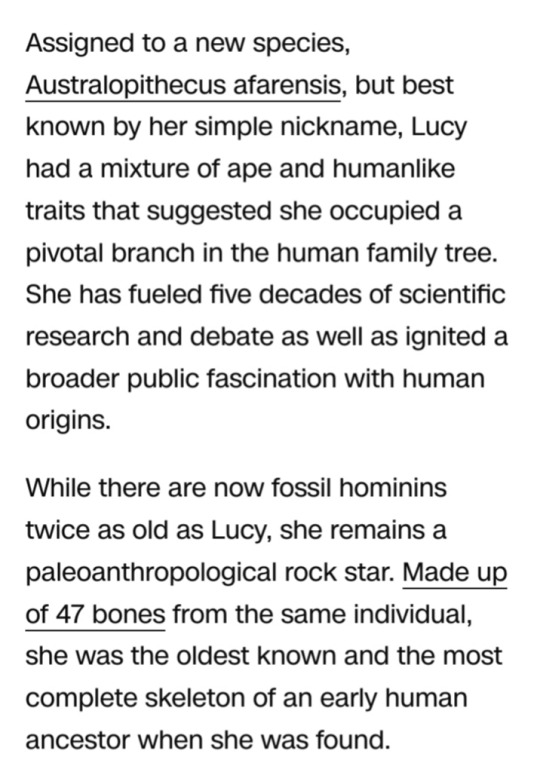





xxx
CNN: How did the fossil get the name Lucy?
Johanson: Because of the delicate nature of the bones and the short stature, we felt she was probably a female.
(Subsequent fossil discoveries revealed that males were much bigger than females.)
That night in camp, we were playing the Beatles’ (album).
“Sgt. Pepper’s Lonely Hearts Club Band” and “Lucy in the Sky With Diamonds” were playing when one of the camp members said, “Why don’t you call her Lucy?”
It was just serendipity that it happened, but it stuck. It was, in many ways, an attractive name.
People could identify with it. It made those bones a person. It drew you in and made you want to know more.
And she’s been the touchstone (of human origins) for the average person.
CNN: What was Lucy’s significance at the time that she was discovered?
Johanson: She was the oldest, most complete hominin known at that time.
This was terra incognita in the early ‘70s. Very few people had been to this region of Ethiopia, and people began launching their own expeditions and finding even more exciting things in some ways.
But I think that Lucy was the spark. She ignited a new stage in human origins research.
What she did, most importantly, was she broke the 3 million-year time barrier.
The site of Hadar, which is a local name, is very fossil-rich.
And it turned out to produce an enormous number of fossils of her species and gave us a really important benchmark by which all other discoveries that were made in the Afar could be judged.
#Lucy#Don Johanson#ethiopia#National Museum of Ethiopia#human evolution#paleontology#ancient hominins#Australopithecus afarensis#early human ancestor#Institute of Human Origins#Neanderthal genes#Neanderthals#homo sapiens#Denisovans#hominin species#argon dating#Hadar#fossils#fossilized skeleton#Tom Gray#human origins
3 notes
·
View notes
Text

Black Beauty • Royal Tyrrell Museum
#palaeontology#black beauty#royal tyrrell museum#dinosaurs#fossils#prehistoric#skeletons#tyrannosaurus rex#my photography#may 2025#canada
471 notes
·
View notes
Text
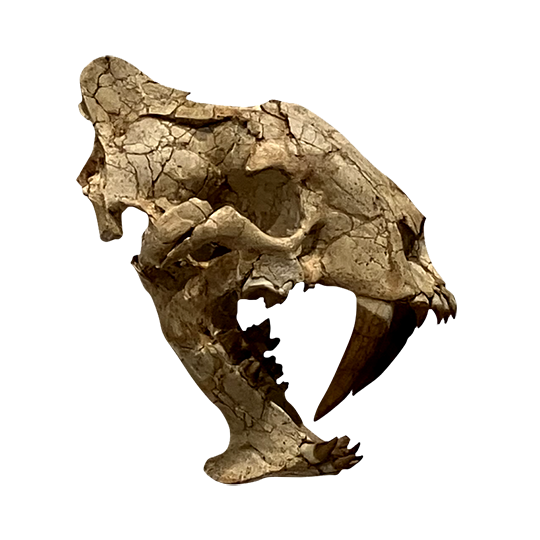
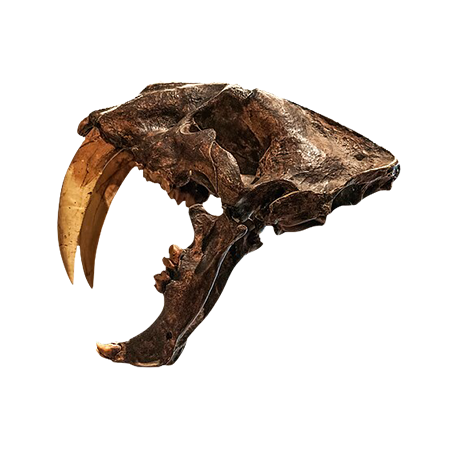
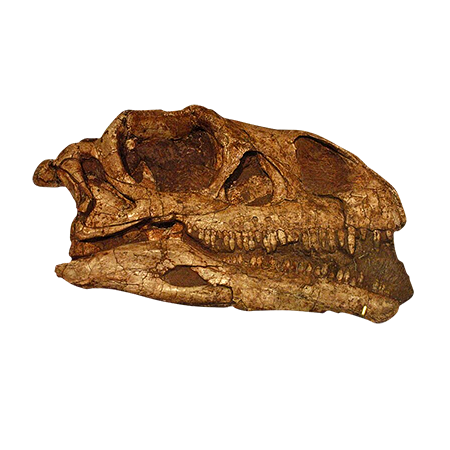
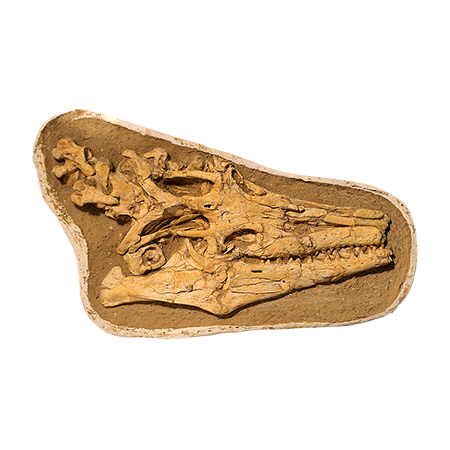
Skull fossils! Source: X / X / X / X
#Hoplophoneus#Massospondylus carinatus#smilodon#Pluridens serpentis#dinosaur#skeleton#skull#skulls#fossil#fossils#brown#bone#white#yellow#feline#cat#saber tooth#sabre tooth#png#pngs#free to use#F2U#transparent#transparent png
183 notes
·
View notes
Text




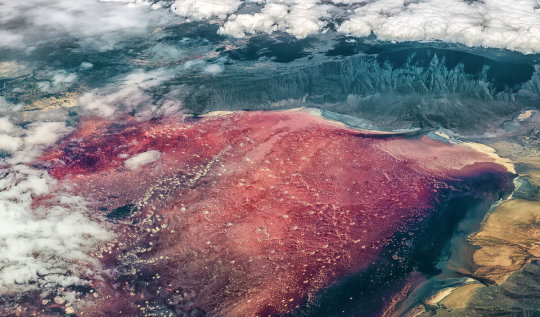




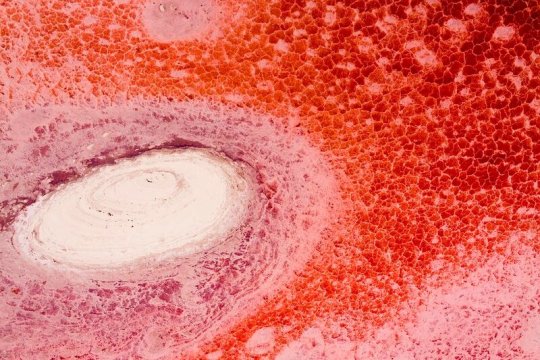


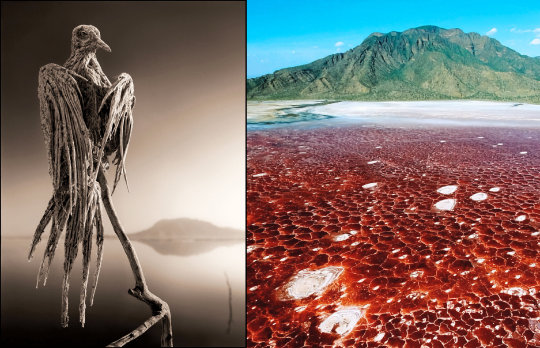





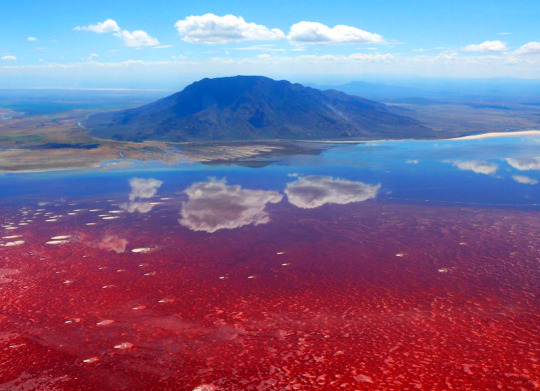

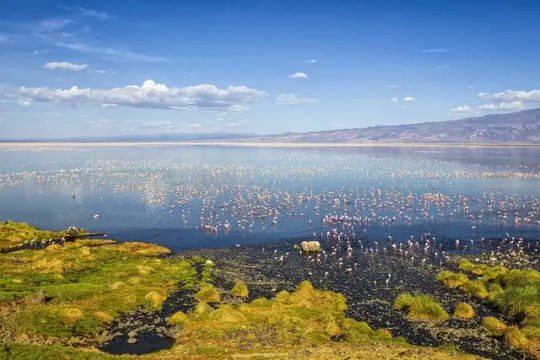
Озеро Натрон, превращающее животных в застывшие изваяния.
Озеро Натрон находится на севере Танзании, на границе с Кенией, недалеко от Национального парка Серенгети и заповедника Нгоронгоро. Озеро Натрон занимает площадь 56 км (35 миль) в длину и 24 км (15 миль) в ширину, но уровень воды меняется ��з-за испарения.
Вода из озера Натрон в Танзании буквально разъедает кожу, как только вы к ней прикоснетесь. Если хоть немного искупаться здесь - то кожа покроется волдырями и ожогами. Красивая корочка состоит из чрезвычайно агрессивного щелочного минерала с pH почти 12! Это почти в два раза выше здорового показателя для человека. И выше уровня аммиака, у которого pH всего 11. Мелкие животные, которые ненароком спускаются к воде, редко выживают даже после небольшого контакта с водой. Дождь, который идет в этих местах, называют призрачным. Потому что большая его часть испаряется, не долетев до поверхности.
Из озера Натрон вода не вытекает. В нее впадает одна река, а большую часть воды оно получает из родников и мелких ручейков. Однако вода просачивается через вулканическое вещество, где и обогащается щелочью. Озеро Натрон содержит очень много соли, соды и магнезита. Поверхность озера покрыта тонкой коркой соли. Вода здесь не всегда такая красная. Окрашивается она из-за деятельности микроорганизмов, которые прекрасно себя чувствуют в этой очень соленой воде. Явление это не постоянное. Происходит только когда вода испаряется и озеро становится максимально насыщенным щелочной солью - любимой средой здешних микроорганизмов.
У озера есть пресная и соленая части. Но будущая плотина может уничтожить соленую часть озера Здесь размножаются бактерии - им такой состав нипочем. Главная причина гибели здешних животных - именно бактерии, которые попадают в организм вместе с водой. Единственный представитель местной фауны, кто не боится этих бактерий - фламинго. Для фламинго это идеальное место. Они питаются местными водорослями, а "красная вода" является барьером для хищников. Поэтому на фламинго здесь почти никто не охотится.
Здесь умудряются выживать даже рыбы - к этой воде приспособилось два вида тиляпий. ��ода в озере очень горячая - температура иногда поднимается до 50 ° C. Всему виной горячие источники. Однако у этого уникального природного объекта есть все шансы исчезнуть с лица земли. Власти здесь планируют построить гидроэлектростанцию и плотину. Соленая часть озера может исчезнуть, так как ее зальет пресной водой. Соленую воду же хотят использовать для добычи карбонат калия и перерабатывать ее в стиральный порошок. Опасность эти инициативы представляют для малых фламинго. Оказывается, 75% этих птиц появляются на свет именно на берегах этого озера.
Lake Natron, which turns animals into frozen sculptures.
Lake Natron is located in northern Tanzania, on the border with Kenya, near the Serengeti National Park and the Ngorongoro Conservation Area. Lake Natron is 56 km (35 mi) long and 24 km (15 mi) wide, but the water level changes due to evaporation.
The water from Lake Natron in Tanzania literally corrodes the skin as soon as you touch it. If you swim here even a little, your skin will be covered in blisters and burns. The beautiful crust consists of an extremely aggressive alkaline mineral with a pH of almost 12! This is almost twice as high as the healthy level for humans. And higher than the level of ammonia, which has a pH of only 11. Small animals that inadvertently go down to the water rarely survive even a short contact with the water. The rain that falls in these places is called ghost rain. Because most of it evaporates before it reaches the surface.
There is no water flowing out of Lake Natron. One river flows into it, and it gets most of its water from springs and small streams. However, the water seeps through volcanic matter, where it is enriched with alkali. Lake Natron contains a lot of salt, soda and magnesite. The surface of the lake is covered with a thin crust of salt. The water here is not always so red. It is colored due to the activity of microorganisms that feel great in this very salty water. This phenomenon is not constant. It only occurs when the water evaporates and the lake becomes maximally saturated with alkaline salt - the favorite environment of local microorganisms.
The lake has a fresh and salty part. But the future dam can destroy the salty part of the lake. Bacteria multiply here - they do not care about such a composition. The main reason for the death of local animals is the bacteria that enter the body along with the water. The only representative of the local fauna that is not afraid of these bacteria is the flamingo. This is an ideal place for flamingos. They feed on local algae, and the "red water" is a barrier for predators. Therefore, almost no one hunts flamingos here. Even fish manage to survive here - two species of tilapia have adapted to this water. The water in the lake is very hot - the temperature sometimes rises to 50 ° C. Hot springs are to blame. However, this unique natural object has every chance of disappearing from the face of the earth. The authorities are planning to build a hydroelectric power station and a dam here. The salty part of the lake may disappear, as it will be flooded with fresh water. They want to use the salt water to extract potassium carbonate and process it into washing powder. These initiatives pose a danger to lesser flamingos. It turns out that 75% of these birds are born on the shores of this lake.
Источник://t.me/places_on_earth, //www.travel.ru/wow/natron.html, /kulturologia.ru/blogs/231022/54558/, //www.kiwoitoafricasafaris. com/ru/Танзания-направления/озеро-Натрон/, /mail.kz/ru/ news/interesting/-faktov-ob-ochen-opasnom-ozere-natron-v-tanzanii, /dzen.ru/a/ ZEKreWvVMkhyndD7, /winter-borealis. livejournal.com/103782.html.
#Tanzania#nature#nature aesthetic#landscape photography#lake#Natron#red water#fossilized skeletons#salt#alkali#flamingo#sky#clouds#naturelovers#nature video#Танзания#озеро#Натрон#природа#Пейзаж#красная вода#соль#щелочь#окаменевшие скелеты#небо#облака#фламинго#природнаякрасота#видео
124 notes
·
View notes
Text








❗LAST CHANCE ❗
LAST DAY - KICKSTARTER ENDING
Make sure to back the project before it's too late! Thank you so much for the support, I can't wait to start shipping these guys out! 💕
Back the Kickstarter here!
#small artist#small business#art#merch design#sweater#knit#ugly sweater#bee#fossils#kickstarter#snake#skull#skeleton#shrimp
1K notes
·
View notes
Text
Brussels Natural History Museum


93 notes
·
View notes
Text
So the last book I read gave me a great review of the evolutionary history of tetrapods. One particular group of tetrapods that may or may not have represented the earliest amniotes (animals with more advanced egg membranes) were the Diadectomorpha.
Now, keep in mind that these were really primitive creatures in the lineage that eventually led to mammals. If you look at the skeleton of a Diadectes, for example, you'll notice that the spine has lumbar ribs, which suggests that it likely hadn't yet evolved a diaphragm, which helps with breathing when moving at high speeds.

But wait--what is that SKULL?

This is the most cartoonish skull I have ever seen! I mean, the poor guy looks like T. rex's dorky, uncool cousin.

Look, I know Diadectes lived before amniotes began to evolve fenestrae (holes) in their skulls to make great places to anchor tendons and muscles for stronger and wider bites. I still wouldn't want to get bitten by this critter, but the first thing I legitimately thought of when I first saw this photo was...

So from now on whenever I picture a life restoration of Diadectes in my head, this is what I'm going to see in my head:

#Diadectes#paleontology#Reptiliomorphs#amniotes#reptiles#evolution#science#skulls#animals#wildlife#nature#fossils#extinction#paleoart#evolutionary biology#skeleton
70 notes
·
View notes
Photo
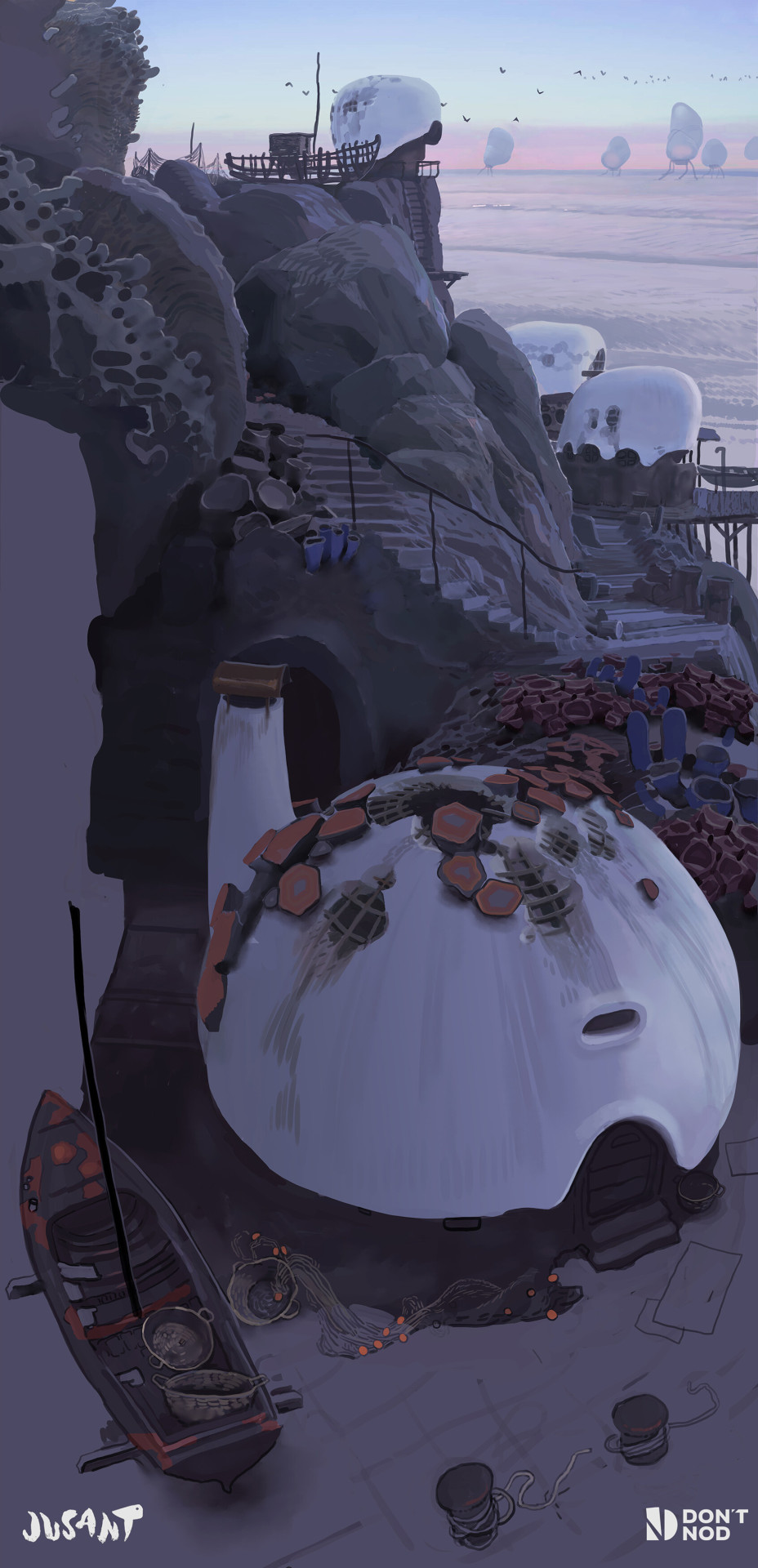

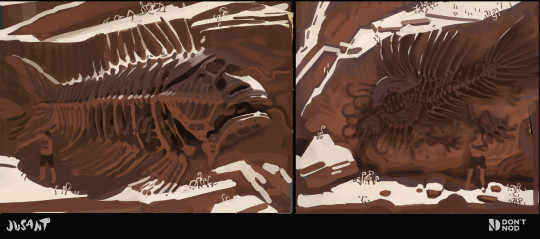
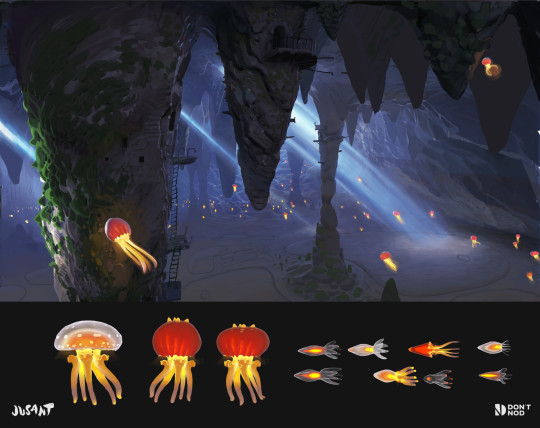


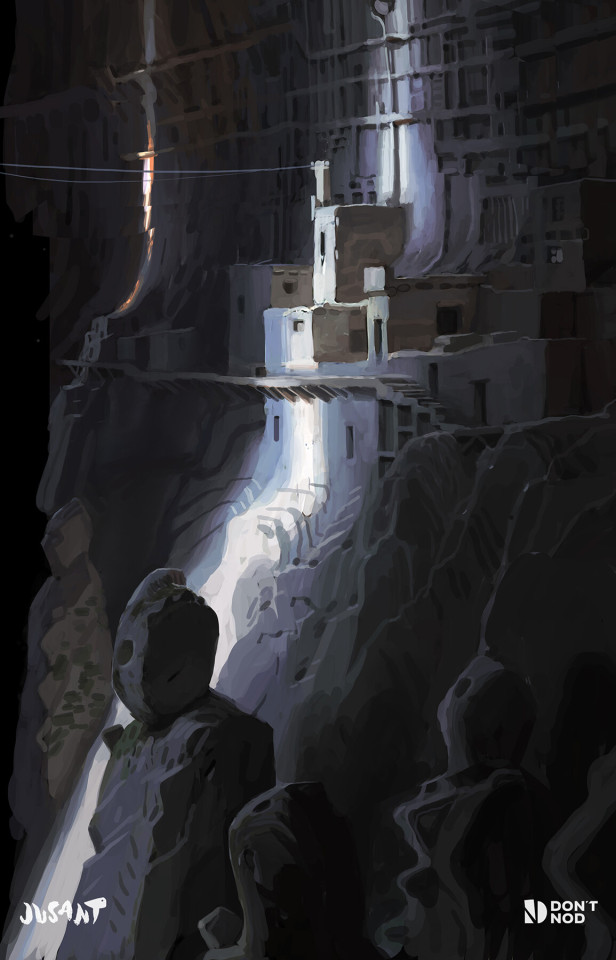
Jusant 3 (6 of 22) - Andrey Surnov
#Jusant#Andrey Surnov#abandoned places#mushrooms#jellyfish#skeletons#fossils#scenery#concept art#game art#fantasy art#digital art
178 notes
·
View notes
Text
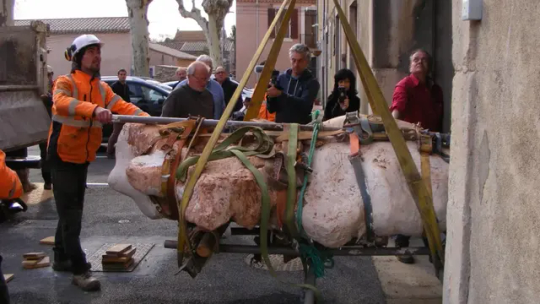
A 70 Million-Year-Old Titanosaur Dinosaur Skeleton Found in France
A chance discovery made in southern France has revealed a rare specimen — an almost complete dinosaur skeleton found connected from its hind skull to its tail.
The massive fossil came to light in May 2022, after now 25-year-old amateur paleontologist Damien Boschetto and his dog stumbled across something unusual while walking in a forest in Montouliers, France. Boschetto had noticed a cliff edge that had recently collapsed and decided to take a closer look, when he spotted an exposed bone sticking out of the ground, local media outlet France Bleu first reported on February 13.
The Archaeological and Paleontological Cultural Association at the Cruzy Museum, in collaboration with the French National Center for Scientific Research, identified the nearly 10-meter-long (32.8-foot-long) fossil as a Titanosaur skeleton upon excavation. Boschetto, who has been a member of the association for eight years, said that while unearthing dinosaur remains is “always exciting and interesting for scientific research and the understanding of the ecosystems of that time,” finding the bones in their almost original anatomical position is what makes this find extraordinary.
“From a museography point of view, it will make it possible to present to the general public animals almost complete in anatomical positions, which is something great,” Boschetto added via email.
A group of history and archaeology enthusiasts created the Archaeological and Paleontological Cultural Association in 1975 to safeguard the heritage around the village of Cruzy, with several members becoming enlightened amateurs in paleontology due to the areas’ wealth of dinosaur fossils, said Jean-Marc Veyssières, a member of the group and one of the fossil preparers for this discovery. Today, the association is made up of inhabitants of the region, including a few scientists as well as students.
“The most exciting thing was to realize that we had at least one anatomically connected animal and that it was a titanosaur, a long-necked dinosaur,” said Veyssières in an email. “(Boschetto) is an enlightened enthusiast and curious about nature, he spends a lot of time surveying the region in search of new areas. … He became an expert on the Late Cretaceous fauna of our region.”
The association has been excavating the site, which Boschetto referred to as a bone bed, a term used by paleontologists to describe a dense area of animal bones and other fossilized remains, for the past two years. And the newly announced find was not Boschetto’s first.
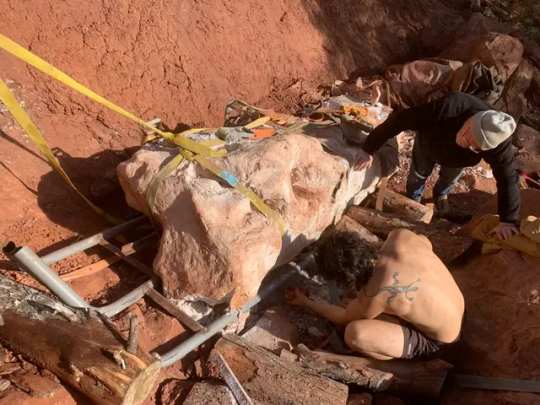
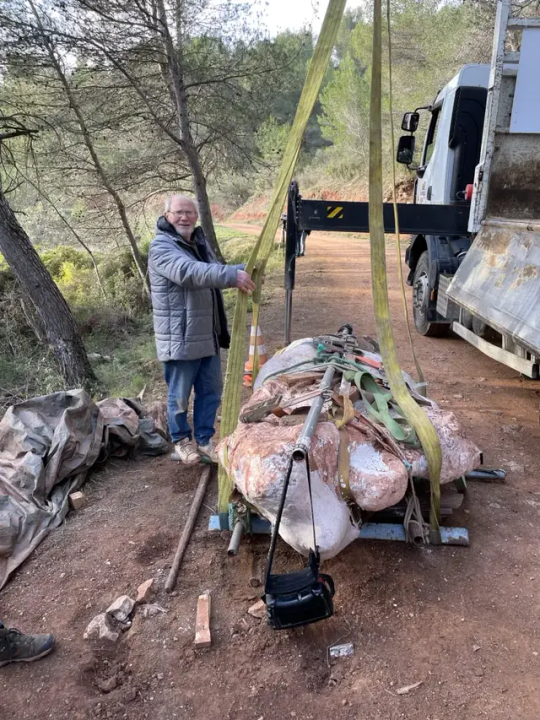
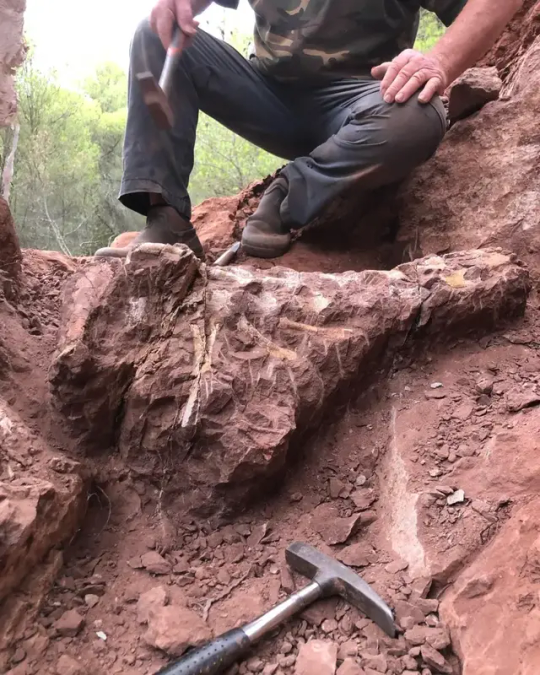
The recently revealed 70% complete Titanosaur skeleton was retrieved during the excavation along with several fossils of various dinosaurs and other vertebrates, including some in anatomical connection and near complete. Other remains identified included those of a Rhabdodon — a herbivore, or plant-eater, like the Titanosaur — and fragments from skeletons of carnivores such as Theropods and crocodiles, according to Boschetto.
The Titanosaur skeleton currently resides in the Cruzy Museum’s laboratory, where it will be further studied, Veyssières said.
Titanosaur found intact
Researchers estimated the age of the newly discovered fossil to be around 70 to 72 million years old, but Titanosaurs roamed around on four legs from the Late Jurassic Epoch to the end of the Cretaceous Period, approximately 163.5 million to 66 million years ago. Titanosaurs belong to a larger group of dinosaurs known as sauropods, a family of long-necked herbivores that were some of the largest dinosaurs of their time, according to Britannica.
Remains of Titanosaur fossils are widely unearthed in Europe, but few are discovered in anatomical connection, Boschetto said. Finding a skeleton in this connected state suggests that the body was buried before it had entirely decomposed, leaving “some tissues connecting the bones to one another,” said Matthew Carrano, research geologist and curator of Dinosauria at the Smithsonian Institution National Museum of Natural History.

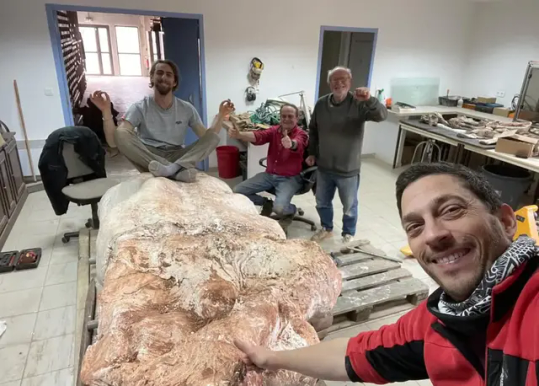
The completeness of the specimen will “make it easier to determine whether it’s a new species or a new specimen of a species that’s already known,” Carrano said in an email. “It will take time to learn all the details about this new specimen, but I’m sure it will provide important new information about this group of dinosaurs.”
The region in which Boschetto discovered the specimen is known to be rich in fossils of dinosaurs and other species living at the same time and is “building one of the largest collections of dinosaurs from the Upper Cretaceous in France,” he said. The association did not publicize the discovery until excavation was complete to protect the archaeological site, he added.
The association plans to continue research on the fossils and to further search the area, and the group’s members hope to obtain the funds to “create a large-scale museum that can accommodate and present these collections,” Boschetto said.
By Taylor Nicioli.
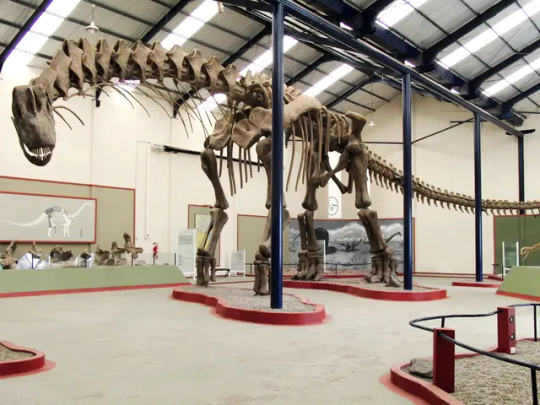


#A 70 Million-Year-Old Titanosaur Dinosaur Skeleton Found in France#Montouliers France#paleontologist#dinosaurs#fossils#ancient artifacts#archeology#archeolgst#history#history news#ancient history
418 notes
·
View notes
Text

Fallen King
#art#paleoart#dinosaur#corpse#skeleton#fossil#tyrannosaurus rex#tyrannosaurus#tyrannosaurid#theropod#predator#apex predator#paleontology
86 notes
·
View notes
Text







I visited the natural history museum in Oslo! I took a billion pictures of the taxidermy, as usual :) The taxidermy in some of the dioramas was a bit scrunkly but they had a ton of cool species
#vulture culture#taxidermy#skull#skeleton articulation#museum#fossil#natural history museum Oslo#whale.#lion.#bird.#elephant.#antelope.#bovid.#deer.#sheep.#pronghorn.
68 notes
·
View notes
Text

Gorgosaurus • Royal Tyrrell Museum
315 notes
·
View notes
Text

21-10-24 "Rhinoceros"
#moleskine#sketchbook#sketch#daily#dailyart#dailydrawing#dailypainting#dailysketch#sketchaday#artoftheday#art#artbook#artists on tumblr#gouache#painting#blackandwhite#greyscale#inktober#inktober2024#prompt#rhinoceros#skull#skeleton#fossil#museum#dark#shadows
177 notes
·
View notes
Text

Old Styracosaurus with the even older ginkgo tree, my favourite tree for good reasons✨🌼
•
•
#procreate#animal art#artists on tumblr#nature art#nature#digital artist#animal skull#dinoart#paleoart#styracosaurus#ginkgo#skeleton art#dinosaur#fossils#skull art#paleontology#palaeoart#birchleahf
982 notes
·
View notes
Text
So what if we all make our Halloween costumes into ocs
Whatd you name it? Im naming her boner lmao

76 notes
·
View notes





